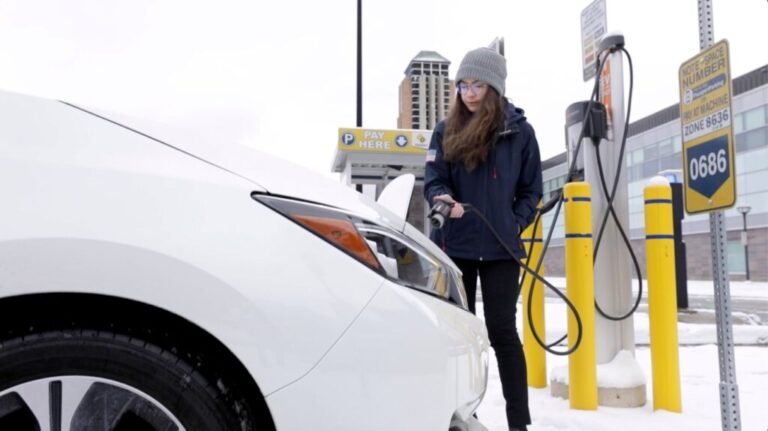American scientists have developed a lithium ion battery for electric vehicles that make high range and quickly charging possible in cold weather. The battery uses a single-ion that carries out glass-like fixed electrolyto-coating and requires no changes in chemistry or production processes.
Researchers from the University of Michigan have developed a lithium ion battery (LIB) for electric vehicles (EVs), with only 10 minutes of charge to full temperatures as low as -10 C.
The new technology has a license and must be commercialized by the arbor -battery innovations of Michigan.
“This is quickly charging without a compromise,” said Dr. Andrew Davis, CEO of Arbor. “We don’t ask battery makers to change chemistry or to configure production again. Arbor fits in with today’s battery factories – and delivers tomorrow’s performance.”
Save current EV batteries and separately from the movement through the movement of lithium ions between electrodes via a liquid electrolyt; At cold temperatures, however, this movement is delayed, which influences the load. To solve this, car manufacturers have increased the thickness of the electrodes they use in battery cells. However, that came with a disadvantage, which resulted in a slower charging time.
To resolve that issue, earlier literature has suggested that highly arranged electrodes with laser (holes) consisting of arrays of vertical channels. They can serve as linear paths for fast ionic transport in the Bulkelektrode, which considerably accelerates charging room temperature. However, this did not fail this under the cold environment, as a result of library, an unwanted metal lithium deposit on the anode surface.
“Bib is becoming an increasingly important source of capacity loss and cell breakdown,” said the research team. “Thermodynamic can occur Li -plates when the potential of the negative electrode under 0 V vs. Li/Li+falls, although there is also a kinetic barrier for Li -Nucleatie. Moreover, the spatial inhomogenity plays in local power density, both by the Elektrode in the XY thickness.”
Neil Dasgupta, a UM university teacher Mechanical Engineering and Material Science and Gerering and the accompanying author of the study, compares this behavior with that of butter. “You can get a knife through it, whether it’s hot or cold, but it’s a lot harder when it’s cold,” he said. “If you try to charge quickly through that layer, lithium metal will build up on the anode like a traffic jam.”
To prevent the surface layer from forming, the researchers covered the battery with a 20-nanometer-thick glassy material. The coating, a single-ion that conducted glass-like fixed electrolyte (li₃bo₃-lico₃), known as LBCO, was applied to industrially relevant pocket cells (3.2 mAh/cm²) with the help of atomic layout (Ald). The team compared four battery types: control, only hole, only LBCO and an LBCO-Hole hybrid.
“Electrodes that have taken up the synergistic LBCO -hole treatment condition reached> 92% and> 97% capacity retention over 100 cycles of 4C (15 minutes) and 6c (10 minutes) loading speeds, or, at a temperature of -10 ° C,” the scientists said. “The capacity of non -coated control and gatanodes, on the other hand, fell sharply below 50% after the initial fast -loading cycles at -10 C as a result of serious lying.”
The analysis showed that non -coated graphite cells retain less than 20% of their accessible capacity (condition of cargo or SOC) after 20 cycles. LBCO-Hole cells, on the other hand, maintained around 70% SOC after 15 minutes at a speed of 4C and about 55% after 10 minutes with a 6C percentage. The researchers concluded that this improved tariff capacity by more than 400% at 4C and more than 500% at 6c.
It presented the new battery in “6C Fast charging of Li-ion batteries at temperatures under zero via interface engineering and make 3D architectures possible“Published in Joule.
This content is protected by copyright and may not be reused. If you want to work with us and reuse part of our content, please contact: editors@pv-magazine.com.


